wtf是&#this&#在JavaScript中
时间:2025-02-01 11:27:28 490浏览 收藏
学习文章要努力,但是不要急!今天的这篇文章《wtf是&#this&#在JavaScript中》将会介绍到等等知识点,如果你想深入学习文章,可以关注我!我会持续更新相关文章的,希望对大家都能有所帮助!
JavaScript 中 this 的值取决于函数调用的方式,而非定义位置,这被称为“运行时绑定”。 这常常让开发者困惑。
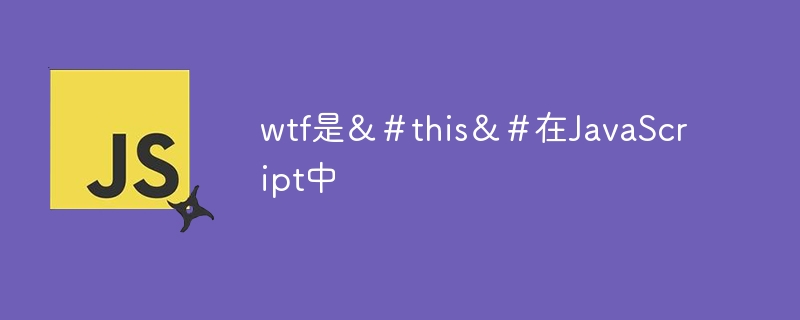
举例说明:
class EventEmitter {
constructor() {
this.events = {};
this.emit = (event, ...args) => { // 使用箭头函数保持 this
const handlers = this.events[event] || [];
handlers.forEach((handler) => handler.apply(this, args));
};
}
on(event, handler) {
this.events[event] = this.events[event] || [];
this.events[event].push(handler);
}
}
const emitter = new EventEmitter();
emitter.on("test", function() {
console.log(this === emitter); // true
});
emitter.emit("test");
此例中,emit 使用箭头函数确保 this 始终指向 EventEmitter 实例,而事件处理函数则通过 apply 方法绑定 this。 这并非魔法,而是 JavaScript 函数参数传递的特殊机制。
本篇关于《wtf是&#this&#在JavaScript中》的介绍就到此结束啦,但是学无止境,想要了解学习更多关于文章的相关知识,请关注golang学习网公众号!
相关阅读
更多>
-
502 收藏
-
501 收藏
-
501 收藏
-
501 收藏
-
501 收藏
最新阅读
更多>
-
253 收藏
-
252 收藏
-
149 收藏
-
387 收藏
-
173 收藏
-
448 收藏
-
257 收藏
-
403 收藏
-
237 收藏
-
273 收藏
-
104 收藏
-
457 收藏
课程推荐
更多>
-
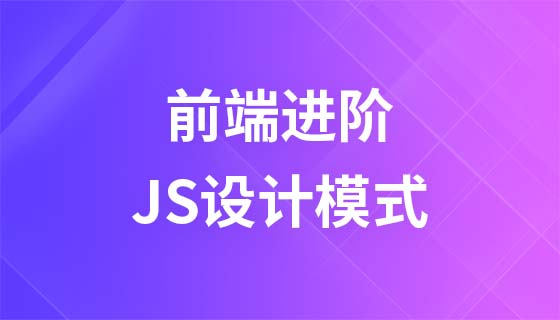
- 前端进阶之JavaScript设计模式
- 设计模式是开发人员在软件开发过程中面临一般问题时的解决方案,代表了最佳的实践。本课程的主打内容包括JS常见设计模式以及具体应用场景,打造一站式知识长龙服务,适合有JS基础的同学学习。
- 立即学习 543次学习
-

- GO语言核心编程课程
- 本课程采用真实案例,全面具体可落地,从理论到实践,一步一步将GO核心编程技术、编程思想、底层实现融会贯通,使学习者贴近时代脉搏,做IT互联网时代的弄潮儿。
- 立即学习 516次学习
-
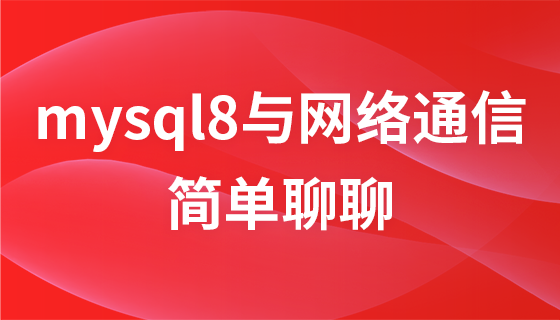
- 简单聊聊mysql8与网络通信
- 如有问题加微信:Le-studyg;在课程中,我们将首先介绍MySQL8的新特性,包括性能优化、安全增强、新数据类型等,帮助学生快速熟悉MySQL8的最新功能。接着,我们将深入解析MySQL的网络通信机制,包括协议、连接管理、数据传输等,让
- 立即学习 500次学习
-
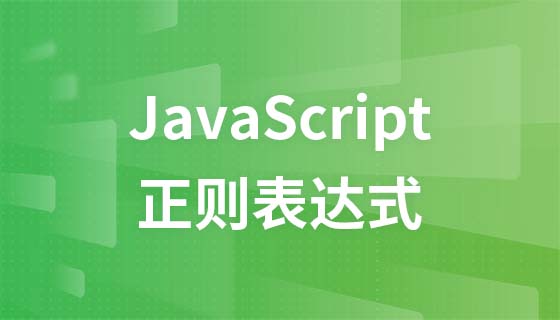
- JavaScript正则表达式基础与实战
- 在任何一门编程语言中,正则表达式,都是一项重要的知识,它提供了高效的字符串匹配与捕获机制,可以极大的简化程序设计。
- 立即学习 487次学习
-
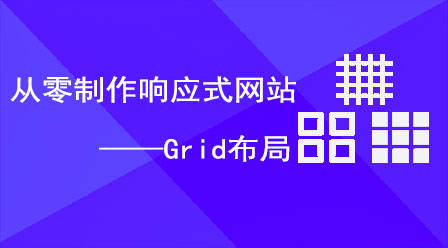
- 从零制作响应式网站—Grid布局
- 本系列教程将展示从零制作一个假想的网络科技公司官网,分为导航,轮播,关于我们,成功案例,服务流程,团队介绍,数据部分,公司动态,底部信息等内容区块。网站整体采用CSSGrid布局,支持响应式,有流畅过渡和展现动画。
- 立即学习 485次学习
